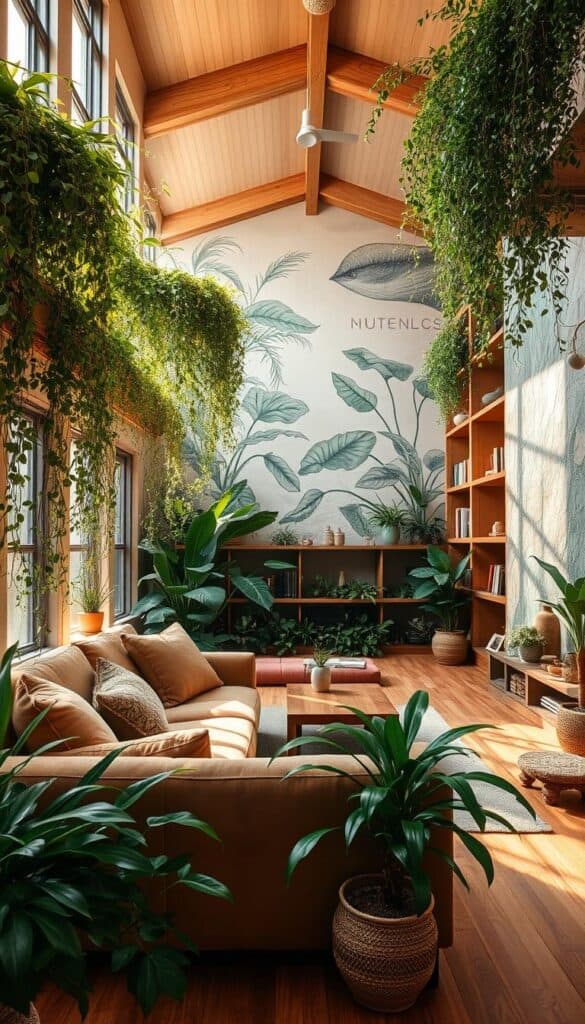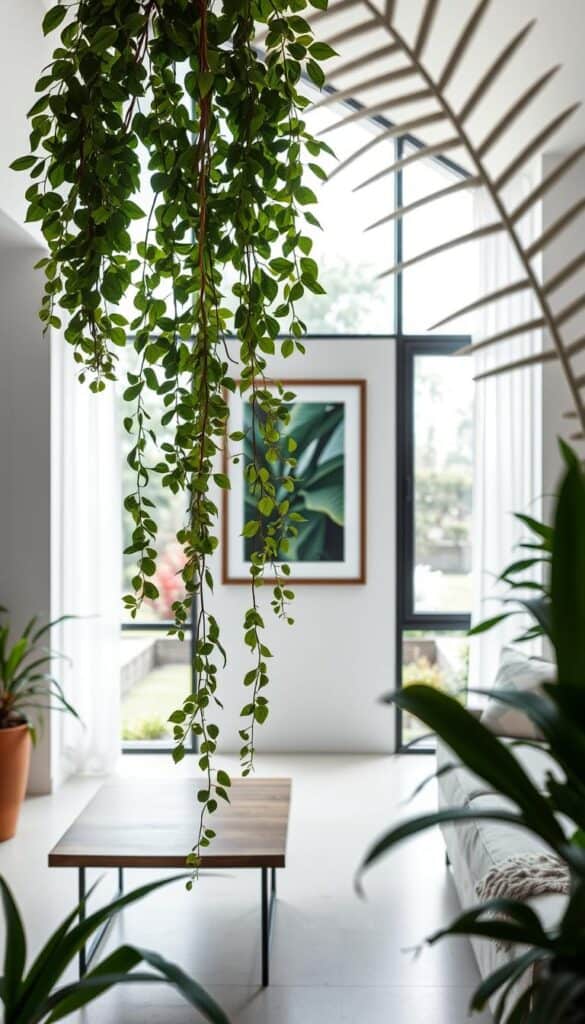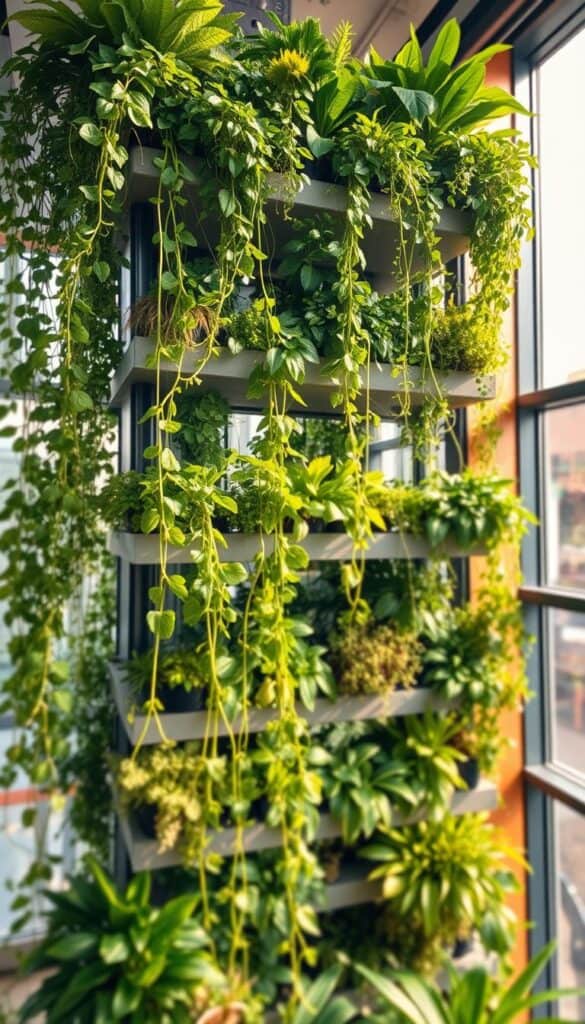Easy Biophilic Design Ideas for a Nature-Inspired Home
Did you know that over 70% of people feel happier and more relaxed when surrounded by natural elements indoors? That’s the power of biophilic design—a modern interior design trend that blends nature with our living spaces. From boosting creativity to improving air quality, biophilic interiors are changing how we build and decorate our homes.
If you’ve ever wanted to make your home calmer, healthier, and more connected to nature, these easy biophilic design tips are the perfect starting point.
What is Biophilic Design?
Biophilic design is more than adding a few plants—it’s about bringing nature indoors in a way that improves mood, health, and productivity.
Core elements of biophilic interiors include:
- Maximizing natural light and outdoor views
- Adding plants, living walls, and greenery
- Using natural textures like wood, stone, and bamboo
- Choosing earth-tone color palettes
- Incorporating water features and organic shapes
Why Biophilic Design Matters
Modern studies confirm that nature-inspired spaces offer huge benefits:
- Reduce stress and anxiety
- Improve focus and creativity
- Purify indoor air and increase oxygen flow
- Regulate sleep cycles through natural light
- Increase property value and aesthetic appeal
Simply put: biophilic design is not just decor—it’s wellness for your home.

Easy Biophilic Design Tips You Can Try Today
1. Maximize Natural Light
- Install large windows, skylights, or glass doors.
- Use mirrors and reflective surfaces to spread daylight.
- Choose light curtains and bright walls to amplify sunlight.
2. Bring in Plants & Greenery
- Start with low-maintenance plants like snake plant, pothos, or ZZ plant.
- Try a vertical garden or living wall for a bold statement.
- Experiment with creative plant displays (hanging planters, shelf gardens).

3. Use Natural Materials
- Opt for wooden flooring, stone countertops, or bamboo furniture.
- Add textures like linen, rattan, cork, or wool for a cozy, organic touch.
- Mix indoor & outdoor elements—like a stone pathway that continues inside.
4. Add Nature-Inspired Colors & Patterns
- Use calming earth tones: soft greens, warm browns, muted blues.
- Choose organic patterns like leaf prints, floral motifs, and botanical wallpaper.
- Select furniture with rounded, flowing shapes instead of harsh lines.

5. Create Indoor-Outdoor Flow
- Install sliding glass doors that open to a patio or balcony.
- Use matching colors and textures indoors and outdoors for continuity.
- Add outdoor-inspired decor inside (woven baskets, clay pots, natural fabrics).
Creative Ideas to Boost Biophilic Interiors
- Use water features like tabletop fountains for calming sounds.
- Build a reading nook near a sunny window filled with plants.
- Display nature photography or artwork for a natural vibe.
- Try Japandi-style interiors, which perfectly balance minimalism with natural beauty.

Final Thoughts
Biophilic design is more than a trend—it’s a lifestyle choice. By integrating natural light, greenery, organic materials, and calming colors, you can transform your home into a nature-inspired sanctuary that boosts happiness, health, and productivity.
Whether you live in a small apartment or a large house, these biophilic design ideas can help you feel more grounded and connected to the world outside—without ever leaving your home.

FAQ: Biophilic Design Basics
Q: What is biophilic design in home interiors?
A: It’s an interior design approach that incorporates nature—plants, light, textures, and colors—into indoor spaces for wellness and beauty.
Q: How can I use biophilic design on a budget?
A: Add indoor plants, maximize natural light, use affordable materials like bamboo or cork, and choose earth-tone colors.
Q: What are the best low-maintenance plants for biophilic interiors?
A: Snake plant, pothos, ZZ plant, succulents, and spider plants.
Q: How do natural materials improve home design?
A: Wood, stone, rattan, and linen bring warmth, durability, and an organic feel that connects indoor spaces to nature.
Q: Does biophilic design improve health?
A: Yes—studies show it reduces stress, enhances mood, purifies air, improves sleep, and boosts productivity.